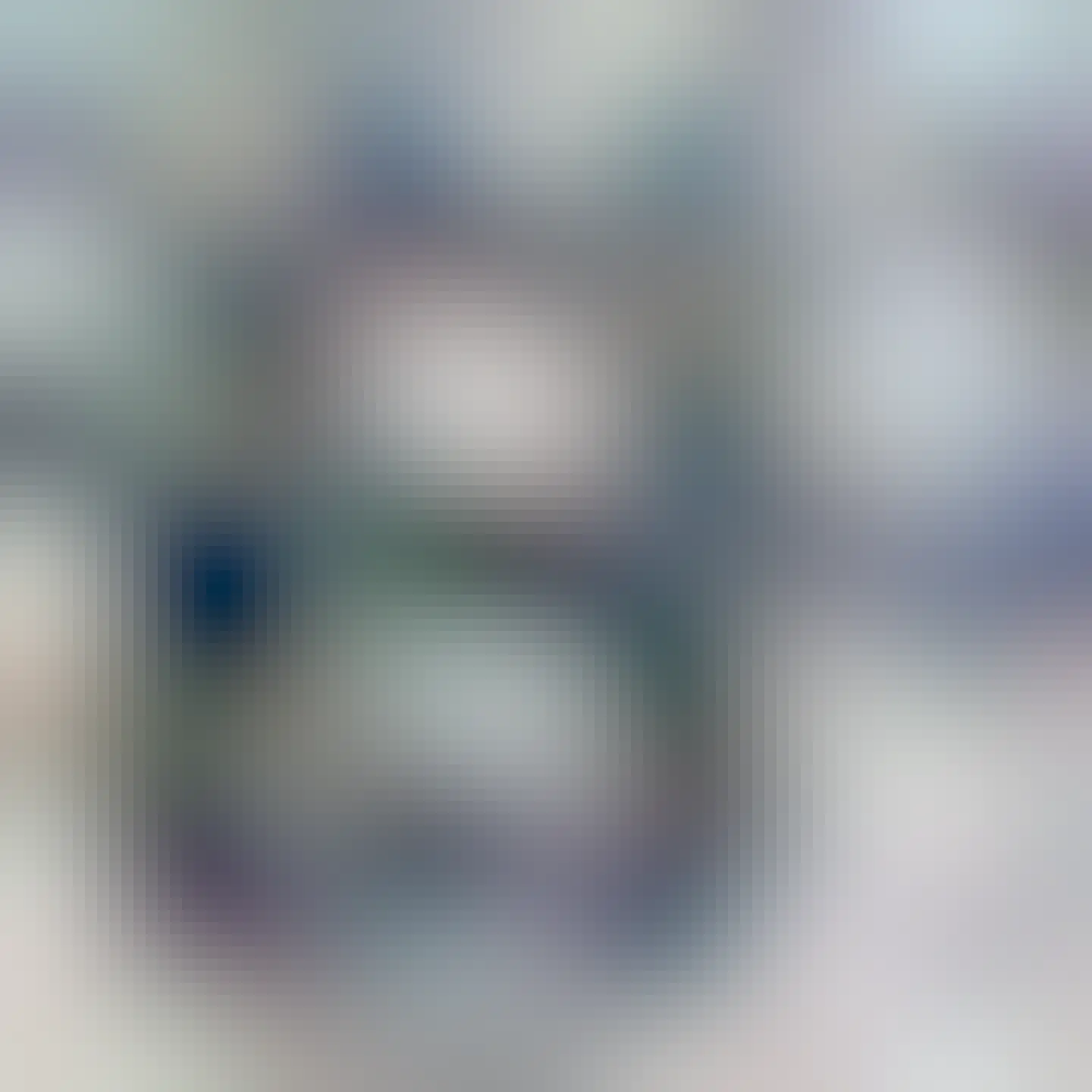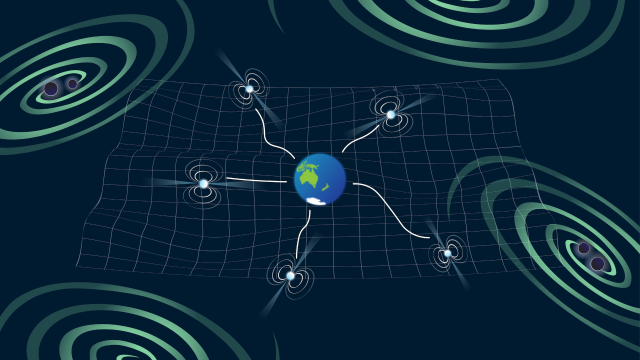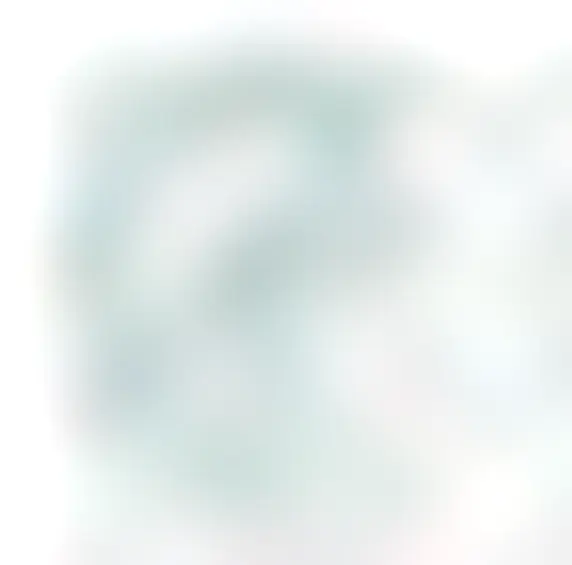Search
Items tagged with: GravitationalWaves
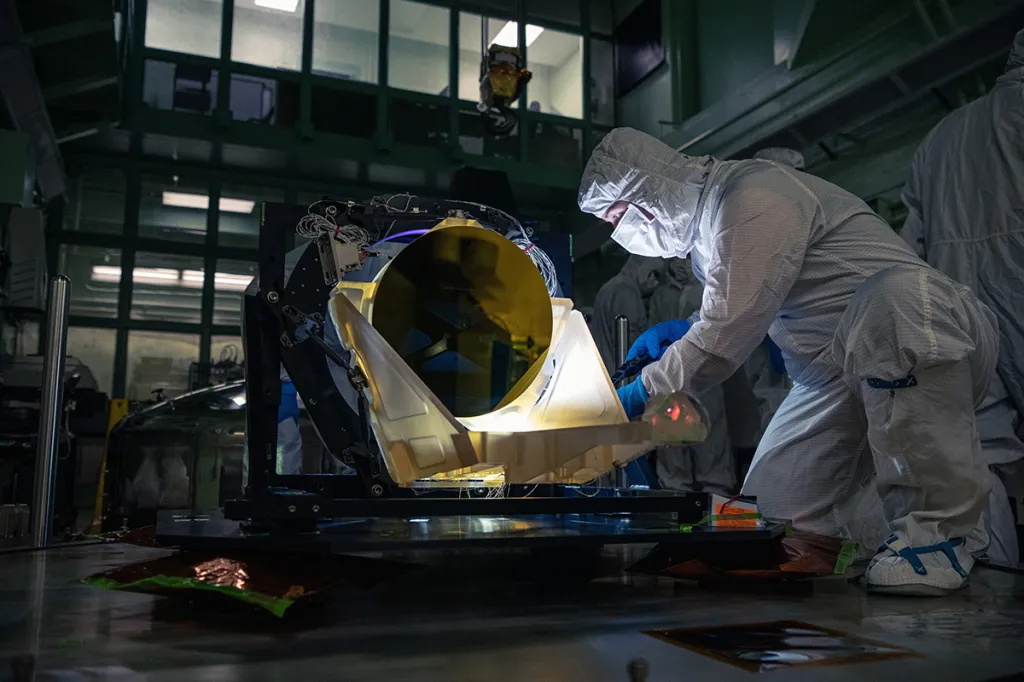
NASA Reveals Prototype Telescope for Gravitational Wave Observatory - NASA Science
NASA has revealed the first look at a full-scale prototype for six telescopes that will enable, in the next decade, the space-based detection of gravitational waves — ripples in space-time caused by merging black holes and other cosmic sources.science.nasa.gov
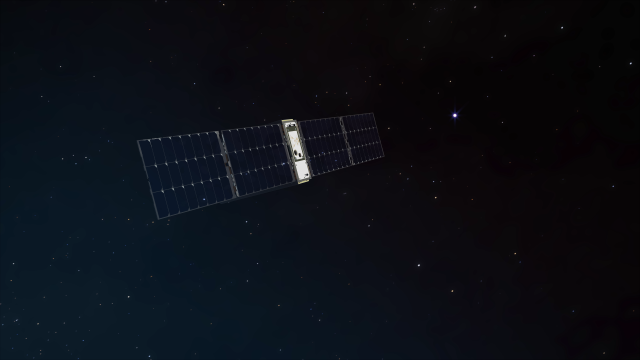
NASA’s Tiny BurstCube Mission Launches to Study Cosmic Blasts
NASA’s BurstCube, a shoebox-sized satellite designed to study the universe’s most powerful explosions, is on its way to the International Space Station.science.nasa.gov

NASA’s Tiny BurstCube Mission Launches to Study Cosmic Blasts
NASA’s BurstCube, a shoebox-sized satellite designed to study the universe’s most powerful explosions, is on its way to the International Space Station.science.nasa.gov
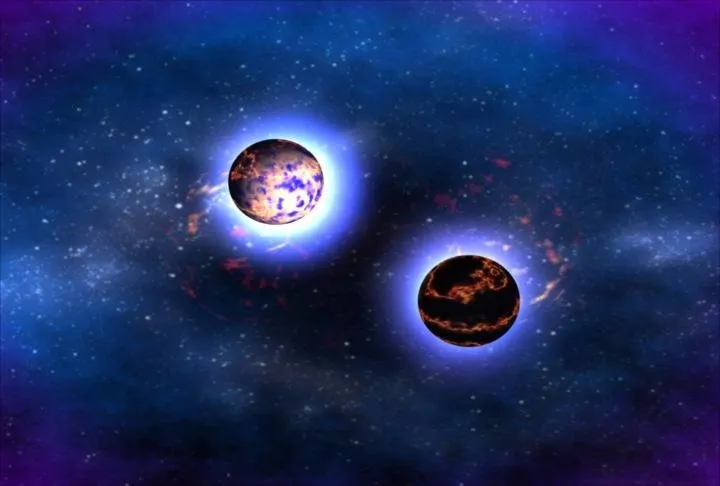
When Dead Stars Collide! - NASA Science
In October 2017, for the first time, astronomers observed light and gravitational waves from the same source.science.nasa.gov
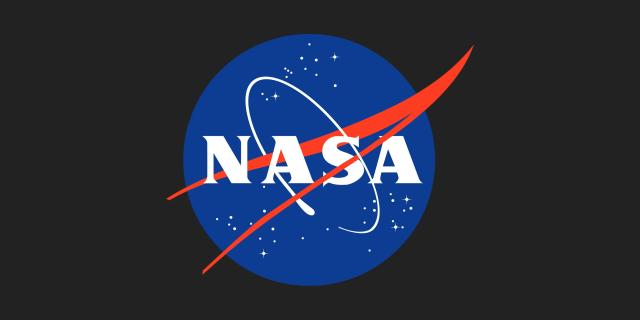
NASA Collaborating on European-led Gravitational Wave Observatory in Space - NASA Science
The first space-based observatory designed to detect gravitational waves has passed a major review and will proceed to the construction of flight hardware. On Jan.science.nasa.gov
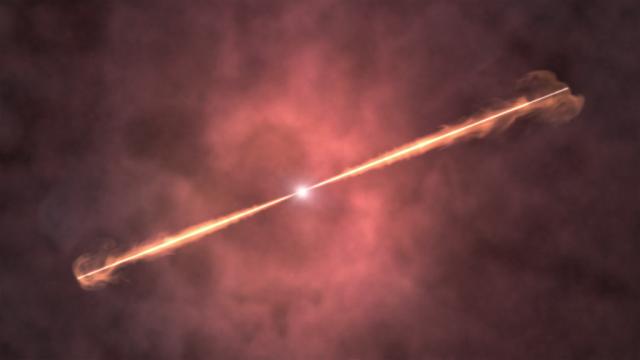
How NASA Chases and Investigates Bright Cosmic Blips - NASA Science
Stephen Lesage’s phone started vibrating just after halftime on Oct. 9, 2022, while he was watching a soccer game in Atlanta with a friend. When Lesage saw the incoming messages, the match no longer seemed important.science.nasa.gov
Our universe is rippling with waves caused by massive events, such as merging black holes. Up until yesterday, we didn’t have any evidence of long-wavelength, ‘background’ #GravitationalWaves. But now @nanograv has announced a detection! A network of pulsars measured very carefully has revealed a faint hum in spacetime itself. Though luckily you don’t need pulsars to detect these cookies, a mouth works just fine 😉
🚨BIG SCIENCE NEWS 🚨
And our results (along with our international colleagues) have dropped!
Our team (and others) have started to see the strongest evidence as yet of the stochastic gravitational wave background - ripples in space-time cause by ALL the supermassive black holes in the history of the Universe colliding!
We use pulsars to study these riplles and we needed almost 20 years of data to even get the first hints! It's the long game!
I'm a co-author on the Aussie papers (as part of my work) but I also wrote about it here in my latest feature article on #SpaceAustralia
This is why I have been going on about pulsars for a few weeks now - this was coming!
Check it out here: spaceaustralia.com/feature/aus…
📸 Shanika Galaudage
#Astrodon #Astrophysics #RadioAstronomy #GravitationalWaves #Science #Pulsars
Australian Scientists Help Uncover Cosmic Gravitational Rumblings | Spaceaustralia
Australian astronomers, using CSIRO’s Parkes radio telescope, have today announced the best evidence yet of the stochastic gravitational wave background, opening up a new chapter into gravitational wave astronomy.www.spaceaustralia.com
Right *now*, LIGO Livingston is fully operational and observing, with a binary neutron star range of around 138 Mpc. Come on LIGO Hanford!
You may check the current detector status at online.ligo.org #GravitationalWaves
The “Astrophysical and Cosmological Relativity” division at the @mpi_grav
in Potsdam is looking for a Scientific Programmer:

